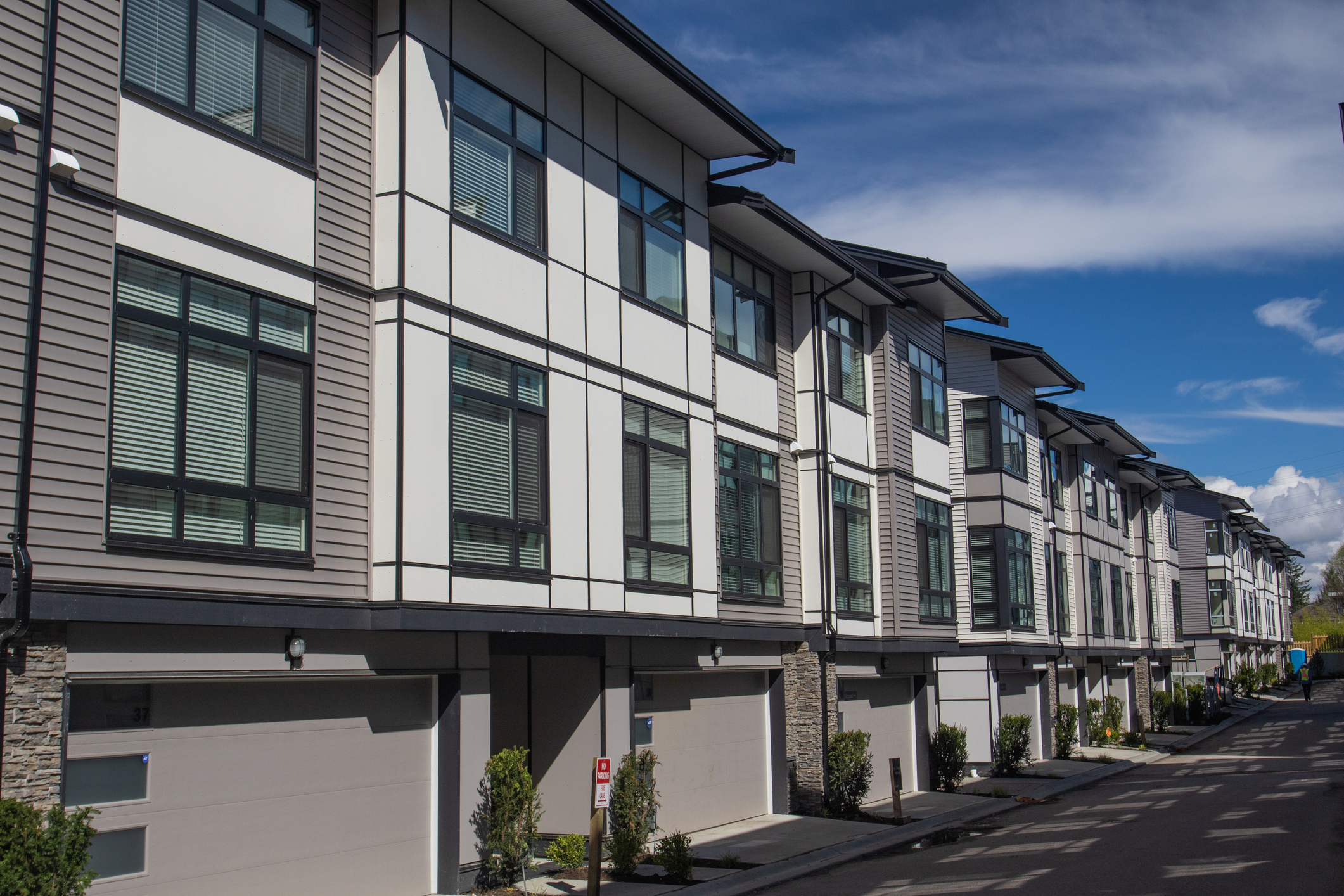
x
Andrew LaSalla
Andrew LaSalla II is one of the most trusted financial consultants in the residential and commercial lending business. With over seven years of of property loan underwriting experience, Andrew's sole focus is helping clients successfully navigate complex financial laws, terms, rules, paperwork, and transactions necessary to secure loans for new construction, purchase, or refinancing of multifamily, healthcare, affordable housing and student housing properties. Whether it's HUD, FHA, or MAP loans, Andrew is committed to tailoring financial solutions for every client he serves.
Many investors look for a short-term financing alternative to secure funds quickly for their new construction or redevelopment project, as permanent financing can take much longer to ensure. Traditional loans can take four months to a year to secure, while bridge financing can take 90 days or less. Let's look closer at bridge loans and how you can benefit from this type of financing.
Commercial Bridge Loans
Commercial bridge loans are structured to meet the needs and criteria of the borrower. These loans often come with higher interest rates than conventional loans, and the fees are also typically higher. Securing funding from a conventional lender can be a protracted process; even after approval, it might take weeks to obtain the funds.
How Do Bridge Loans Work for Short-Term Financing?
Bridge loans are short-term financing solutions that can help you secure the funds you need for your commercial or multifamily property while you await long-term financing. The terms for bridge loans for multifamily and commercial real estate typically range from three months to three years. Some bridge lenders may offer additional 12-month extensions.
Bridge loans work by allowing you to borrow money and repay it quickly. Once you have obtained bridge financing, you can use it to acquire or purchase a multifamily apartment complex. You then have the flexibility to repay the loan once you have secured permanent financing solutions.
Loan to Value on Commercial Bridge Loans
A loan-to-value (LTV) of a commercial bridge loan can range between 65% - 80% of a property's appraised value. The loan amount is a percentage of the value of the property used for collateral. The higher the LTV will show that the borrower is putting up less of their own money to finance the property. For properties that are under renovation, a lender can use loan-to-cost or LTC. This will factor into consideration capitalized capital expenses. The sponsor's net worth and experience with similar-sized projects are essential in the evaluation of bridge lending. For more information on bridge loans and their options, read our comprehensive post that outlines what you need to focus on. Bridge loans are complicated, and it is crucial to rely on a lender like LSG who knows all the intricacies.
Pros and Cons of Bridge Loans
Bridge loans have benefits for multifamily property investors. Some of the biggest advantages include:
- Securing cash quickly for short-term financial needs. This allows investors to keep most of their cash to use on other investments that they may come across.
- Bridge loans offer greater flexibility to suit the investment strategies and timeframe for investors. For example, if a developer wants to start new construction within four months and cannot wait on longer permanent financing, the bridge loan option is a great alternative.
Disadvantages of Bridge Loans
A few drawbacks of bridge loans include:
- Bridge loans are more expensive and carry high interest rates due to the increased risk to the lender.
- These types of loans offer a lower loan-to-value because the lender wants to ensure that there is enough equity in the project to take from bridge financing to a permanent form of funding. There must be sufficient equity and a net operating income high enough to qualify for an exit to permanent financing.
Checklist to Prepare for a Bridge Loan Application
Bridge loans are complicated financing. As with any loan, it's important to have everything ready. We've created a checklist for you to track what you'll need as you apply for this type of financing.
- Hard costs and soft costs (should include contingency and reserve details
- Construction timeline and monthly draw schedule
- Purchase price of existing site and settlement date
- Debt on site (if any)
- Estimated value of the site
- Copies of any past 3rd party appraisals
- Copies of environmental reports
- Location map
- Site photos
- Architectural plans
- Current market study
- Unit mix breakdown (with square footage and proposed rents)
- Breakdown of other income (if any)
- Proforma - from lease-up through stabilization (monthly through lease-up)
- List of amenities offered
- Borrower, developer, and guarantor information, including PFS with REO schedule
- Real estate qualifications of the developer, architect, and general contractor
- Equity details
Working with LSG for Your Next Bridge Loan
Bridge loans for multifamily apartments provide short-term financing solutions for real estate investors who need quick and flexible funding. When taking out a bridge loan, it is crucial that your lender also has experience with exiting the bridge loan to one of their permanent financing programs. As you can see there is much that goes into a bridge loan. At LSG, we often receive questions on how bridge loans work and how to make the process less complicated. Call us today to discuss your needs for your multifamily investment project.